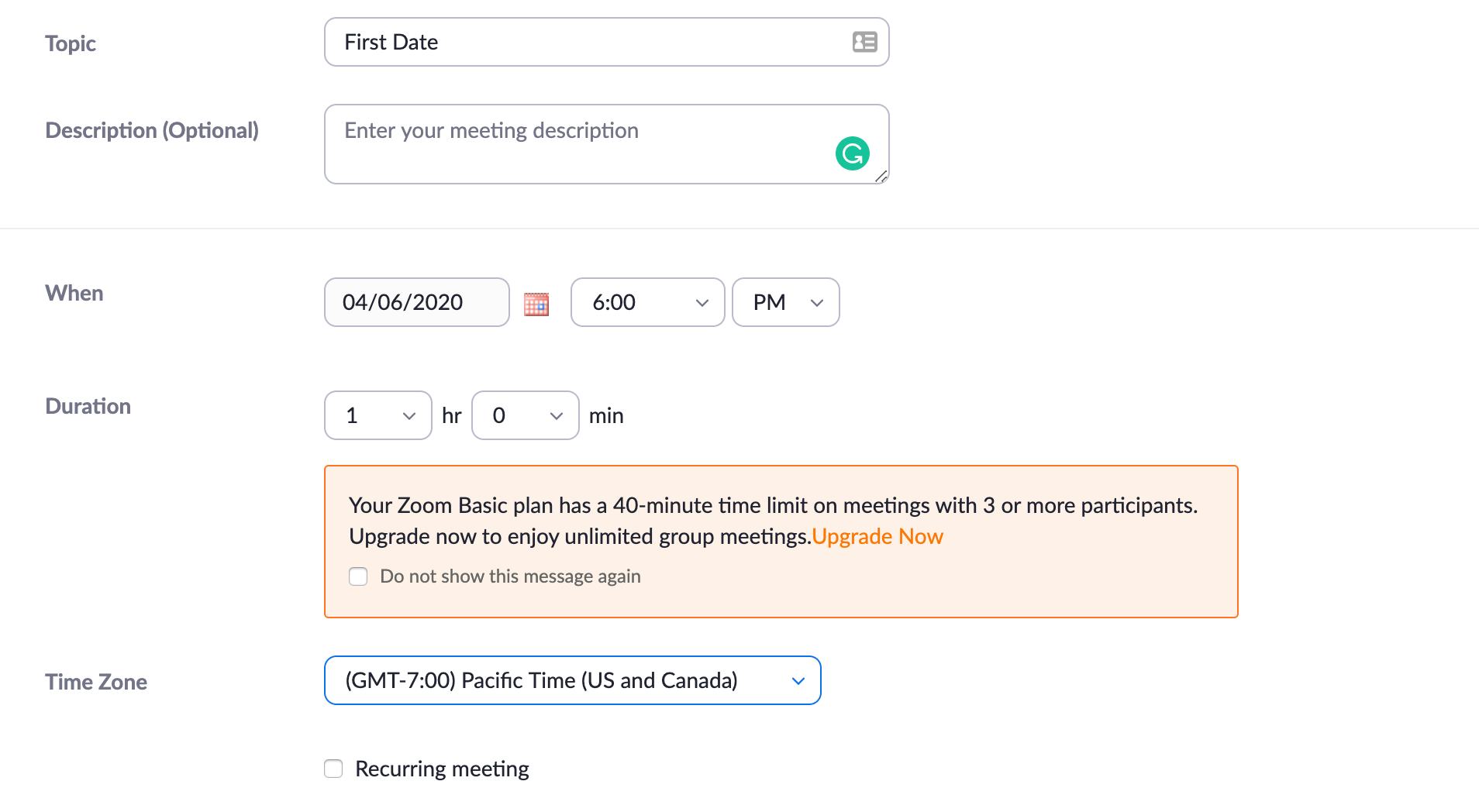
Then decide if it needs to be dealt with or requires a separate conversation when people are prepared. “At the beginning of a meeting, check in with attendees if anything urgent has arisen.


It’s often an excuse for lack of preparation and an opportunity for some to hijack events,” says Tony Shone, director of management training company, Invisio. “Where possible, kill AOB – Any Other Business. If a new issue arises that’s outside the agenda, it should be listed for a separate meeting. Meetings should be followed up with minutes, if appropriate, and progress monitoring on assigned tasks. This reduces the anxiety factor in the room. Where longer meetings are needed to tackle more complex issues, include regular breaks of five-10 minutes for people to make a call or check their emails. This allows people to be on time for their next appointment. To ensure meetings end on schedule, close them down five minutes before the designated end time. Those with straightforward agendas should last no more than 30 minutes and, as one meeting veteran puts it: “Personally I would never call a meeting without knowing exactly what I want or need from it.” Meetings should start with a clear purpose and end with the clear allocation of tasks. If their salaries are combined and expressed as a cost per hour, their annual meeting bill alone will run into thousands of euro before any other meetings are factored in. Take the example of an hour-long weekly meeting involving six senior managers. What some people forget is that meetings cost money. If half or one-day meetings are necessary, then no more than five agenda items for a half-day and eight for a full day,” she says.

If there’s more to discuss, have more meetings but short, sharp ones. “An agenda should be no longer than three substantive items. It also lets us off the hook on taking leadership of a meeting and stipulating how much time we are willing to allow for it.”įor Mercer, setting a right agenda is crucial. However, this ignores the old maxim that work will always expand to fit the time available. “Received wisdom says a meeting should be as long as it needs to be to get the work done.


 0 kommentar(er)
0 kommentar(er)
